Home>diy>Home Improvement>How To Dispose Of Renovation Waste
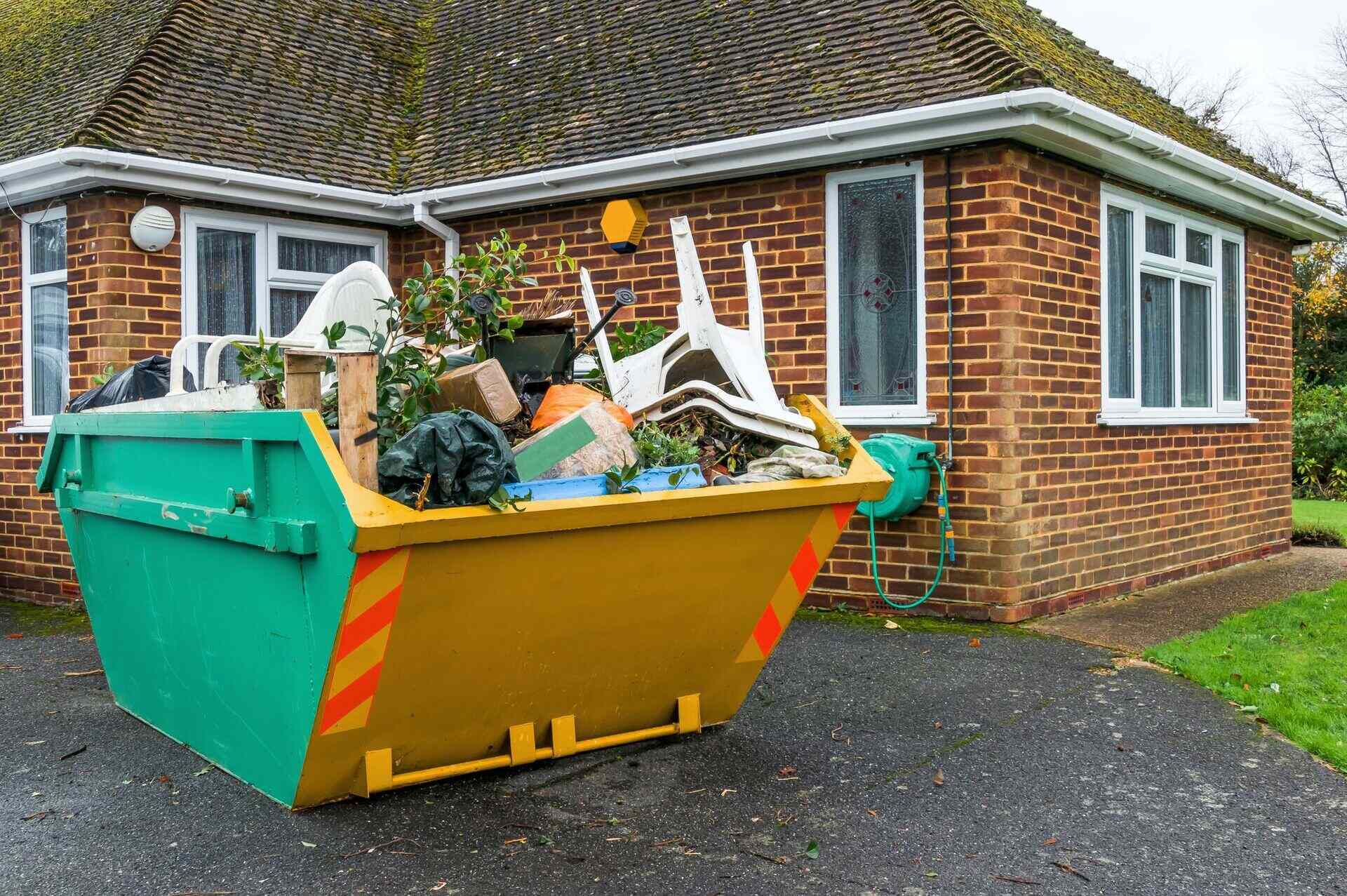

Home Improvement
How To Dispose Of Renovation Waste
Modified: December 7, 2023
Learn how to properly dispose of renovation waste at home-improvement job sites. Follow these tips to ensure responsible and eco-friendly waste management.
(Many of the links in this article redirect to a specific reviewed product. Your purchase of these products through affiliate links helps to generate commission for Storables.com, at no extra cost. Learn more)
Introduction
Embarking on a home renovation project is an exciting and rewarding endeavor. Whether you’re remodeling a kitchen, renovating a bathroom, or adding new space to your home, the end result can be truly transformative. However, one aspect that often gets overlooked is the proper disposal of renovation waste.
During the course of a renovation, you’re likely to generate a significant amount of debris and discarded materials. It’s important to dispose of these items responsibly in order to protect the environment and ensure that they don’t end up in landfills unnecessarily. In this article, we’ll provide you with a comprehensive guide on how to dispose of renovation waste effectively.
By following the steps outlined in this guide, you’ll not only contribute to a cleaner and greener environment but also potentially save money by recycling and reusing materials. So, let’s dive in and explore the best practices for disposing of renovation waste.
Key Takeaways:
- Dispose of renovation waste responsibly by identifying hazardous materials, donating usable items, recycling materials, and hiring waste removal services. Minimize environmental impact and potentially recoup renovation costs.
- Follow local guidelines, separate materials, and consult professionals for proper disposal of remaining renovation waste. Contribute to a cleaner, more sustainable future while enjoying the results of your home improvement project.
Read more: How To Store Nuclear Waste
Step 1: Identify and Separate Hazardous Materials
Before you begin the process of disposing of renovation waste, it’s crucial to identify and separate any hazardous materials. These materials can pose a threat to the environment, as well as to your health and safety. Here are some common types of hazardous materials you may encounter during a renovation:
- Asbestos: Found in insulation, flooring, and other building materials, asbestos is a known carcinogen. It should only be handled by professionals trained in asbestos removal.
- Lead-Based Paint: If your home was built before 1978, there may be lead-based paint on the walls. It’s important to handle and dispose of it properly to prevent lead contamination.
- Chemicals: Renovations often involve the use of various chemicals such as paint thinners, solvents, and pesticides. These should be stored and disposed of according to local regulations.
- Electrical Waste: Old wiring, outlets, and light fixtures can contain hazardous materials like mercury or lead. These should be properly recycled or disposed of.
Once you’ve identified any hazardous materials, be sure to separate them from the rest of your renovation waste. Place them in clearly labeled containers or bags to prevent accidental exposure or contamination. It’s important to follow your local guidelines and regulations when it comes to handling and disposing of hazardous materials.
If you’re unsure about how to properly handle or dispose of any hazardous materials, consult with a professional or contact your local waste management authority for guidance. Safety should always be a top priority when dealing with hazardous waste.
Step 2: Donate or Sell Usable Materials
One person’s discarded materials can be another person’s treasure. Before throwing away perfectly usable items from your renovation project, consider donating or selling them to someone who could use them. This not only reduces waste but also gives these materials a second life. Here’s how you can go about donating or selling your usable renovation materials:
1. Habitat for Humanity ReStore: Habitat for Humanity operates ReStores, which accept donations of new and gently used building materials, appliances, furniture, and more. These materials are then sold to the public, with proceeds going towards building affordable homes for those in need.
2. Online marketplaces: There are numerous online platforms, such as Craigslist, Facebook Marketplace, and eBay, where you can sell your unused materials. Take clear photos, provide accurate descriptions, and set a fair price to attract potential buyers.
3. Local charities and non-profit organizations: Reach out to local charities and non-profit organizations to see if they are in need of any specific materials for their projects. They may be grateful to receive your donations and put them to good use.
4. Community groups and organizations: Check if there are any community groups or organizations in your area that specialize in home improvements or DIY projects. They may be interested in your donated materials for their upcoming projects.
5. Friends, family, and neighbors: Word-of-mouth can be a powerful tool. Let your friends, family, and neighbors know about the materials you have available. They may be working on their own projects and could make good use of what you no longer need.
Before donating or selling your materials, make sure they are clean, functional, and in good condition. It’s also a good idea to check with the organization or individual to ensure they can accept the specific items you have available.
By donating or selling your usable renovation materials, you’re not only reducing waste but also helping others and potentially recouping some of your renovation expenses. It’s a win-win situation that benefits both you and the community.
Step 3: Recycle Materials
Recycling plays a vital role in reducing the environmental impact of renovation waste. By recycling materials, you prevent them from ending up in landfills and conserve valuable resources. Here are some common renovation materials that can be recycled:
- Metals: Items such as plumbing fixtures, appliances, and hardware can be recycled at local metal recycling facilities. Separate them from other materials and bring them to a recycling center.
- Glass: Windows, glass doors, and mirrors can be recycled. Contact your local recycling facility or check if they have specific guidelines for accepting glass materials.
- Wood: If you have wooden materials like doors, cabinets, or flooring, consider salvaging and repurposing them. Wood can often be reused in other projects or taken to a recycling facility that accepts wood materials.
- Plastics: Plastic items like plumbing pipes, packaging materials, and electrical components can usually be recycled. Check with your local recycling facility for guidelines on which types of plastics they accept.
- Concrete and masonry: If you’re demolishing concrete walls or pathways, these materials can be recycled into gravel or used as fill for construction projects. Look for local concrete recycling facilities.
Before recycling materials, it’s important to properly sort and prepare them. Remove any non-recyclable elements and separate different types of materials. Consult your local recycling guidelines to ensure you’re following the correct procedures. Some areas may require specific preparation, such as removing nails from wood or separating different types of plastics.
In addition to recycling common renovation materials, you may also have the opportunity to recycle special items. For example:
- Electronics: TVs, computers, and other electronic devices can contain valuable metals and components. Take them to a designated e-waste recycling facility.
- Paint: Unused paint can often be recycled. Check if your local recycling facility or paint store accepts paint for recycling.
- Batteries: Many types of batteries can be recycled to recover valuable metals. Find a battery recycling drop-off location in your area.
Recycling renovation materials not only helps protect the environment but also contributes to a more sustainable future. By giving these materials a second life, you’re reducing the demand for new resources and minimizing the amount of waste that goes to landfills.
When disposing of renovation waste, separate materials like wood, metal, and drywall to make recycling easier. Check with local waste management for proper disposal options.
Step 4: Hire a Waste Removal Service
If you have a large amount of renovation waste or materials that cannot be recycled or donated, it may be necessary to hire a waste removal service. These professionals specialize in the proper disposal of construction and renovation debris. Here are some reasons why you might consider hiring a waste removal service:
Efficiency: Waste removal services have the equipment and expertise to quickly and efficiently remove your renovation waste. This saves you time and effort compared to disposing of the waste yourself.
Proper disposal: Waste removal services understand the regulations and guidelines for disposing of different types of waste. They ensure that your waste is disposed of in an environmentally-friendly and responsible manner.
Health and safety: Renovation waste can be heavy, bulky, and potentially hazardous. By hiring professionals, you avoid the risk of injury or exposure to harmful materials during the removal process.
Convenience: Waste removal services often offer convenient scheduling options, allowing you to choose a time that works best for you. They will come to your location, load and transport the waste, simplifying the process for you.
Recycling and sustainable practices: Many waste removal services are committed to recycling as much waste as possible. They will sort through the debris and direct recyclable materials to the appropriate facilities, minimizing the amount that ends up in landfills.
When choosing a waste removal service, it’s important to research and compare different providers. Look for companies that are licensed, insured, and have a good reputation for quality service. Consider reading reviews from previous customers and requesting quotes to find the best option for your needs and budget.
Before the waste removal service arrives, it’s a good idea to separate any recyclable or reusable materials from the rest of the debris. This allows them to be properly handled and diverted from the landfill.
Hiring a waste removal service can streamline the process of disposing of large amounts of renovation waste. By entrusting the task to professionals, you can focus on enjoying the results of your renovation project without the stress of waste management.
Read more: How To Dispose Of Chandelier
Step 5: Dispose of Remaining Waste Properly
After you have completed the previous steps of identifying hazardous materials, donating or selling usable materials, recycling, and hiring a waste removal service, you may still have some remaining waste to dispose of. While you have made significant progress towards responsible waste management, it is important to handle the remaining waste properly. Here are a few tips for its proper disposal:
1. Local waste management guidelines: Familiarize yourself with the waste disposal guidelines specific to your local area. Different regions have different regulations and requirements for disposing of construction and renovation waste.
2. Landfills and transfer stations: If there are no other options available, you may need to take the remaining waste to a landfill or transfer station. Research nearby facilities that accept construction and renovation debris and comply with their disposal procedures.
3. Bag and bundle debris: Properly bag or bundle smaller debris to facilitate handling and disposal. This will help prevent loose materials from spreading during transportation and disposal.
4. Separate materials: Separate different types of materials, such as wood, metal, and concrete, whenever possible. This can make it easier to dispose of them properly and potentially recycle or repurpose them.
5. Follow safety guidelines: Be mindful of safety when handling and disposing of waste. Wear protective gear, such as gloves and masks, to reduce the risk of injury or exposure to hazardous materials.
6. Consult waste management professionals: If you are unsure about the proper disposal methods for specific types of waste, consult waste management professionals or your local waste management authority. They can provide guidance on how to handle and dispose of the materials responsibly.
Remember, responsible waste disposal is not just about getting rid of the waste; it’s about minimizing the impact on the environment and human health. By following proper disposal practices, you can contribute to a cleaner and more sustainable future.
Dispose of the remaining waste in accordance with local guidelines and regulations. By taking the time to dispose of the remaining waste properly, you will have the peace of mind that you have done your part to minimize your impact on the environment.
Conclusion
Properly disposing of renovation waste is an essential part of any home improvement project. By following the steps outlined in this guide, you can ensure that your renovation waste is handled responsibly and in an environmentally-friendly manner.
Identifying and separating hazardous materials, donating or selling usable materials, recycling, hiring a waste removal service, and disposing of the remaining waste properly are all key steps to take in order to minimize the environmental impact of your renovation project.
Not only does responsible waste disposal protect the environment, but it can also have financial and social benefits. By donating or selling usable materials, you can help others and potentially recoup some of your renovation costs. Recycling materials conserves valuable resources and reduces the demand for new materials, leading to a more sustainable future.
Remember to familiarize yourself with your local waste management guidelines and regulations, as they may vary depending on your area. Consult with professionals or local authorities if you have any questions or concerns about the proper disposal of specific materials.
By taking the time and effort to ensure that your renovation waste is disposed of properly, you can make a positive impact on the environment, contribute to a more sustainable future, and feel good about the responsible choices you’ve made throughout your home improvement journey.
So, go ahead and renovate your home with confidence, knowing that you have the knowledge and tools to dispose of your renovation waste in the best possible way!
Frequently Asked Questions about How To Dispose Of Renovation Waste
Was this page helpful?
At Storables.com, we guarantee accurate and reliable information. Our content, validated by Expert Board Contributors, is crafted following stringent Editorial Policies. We're committed to providing you with well-researched, expert-backed insights for all your informational needs.
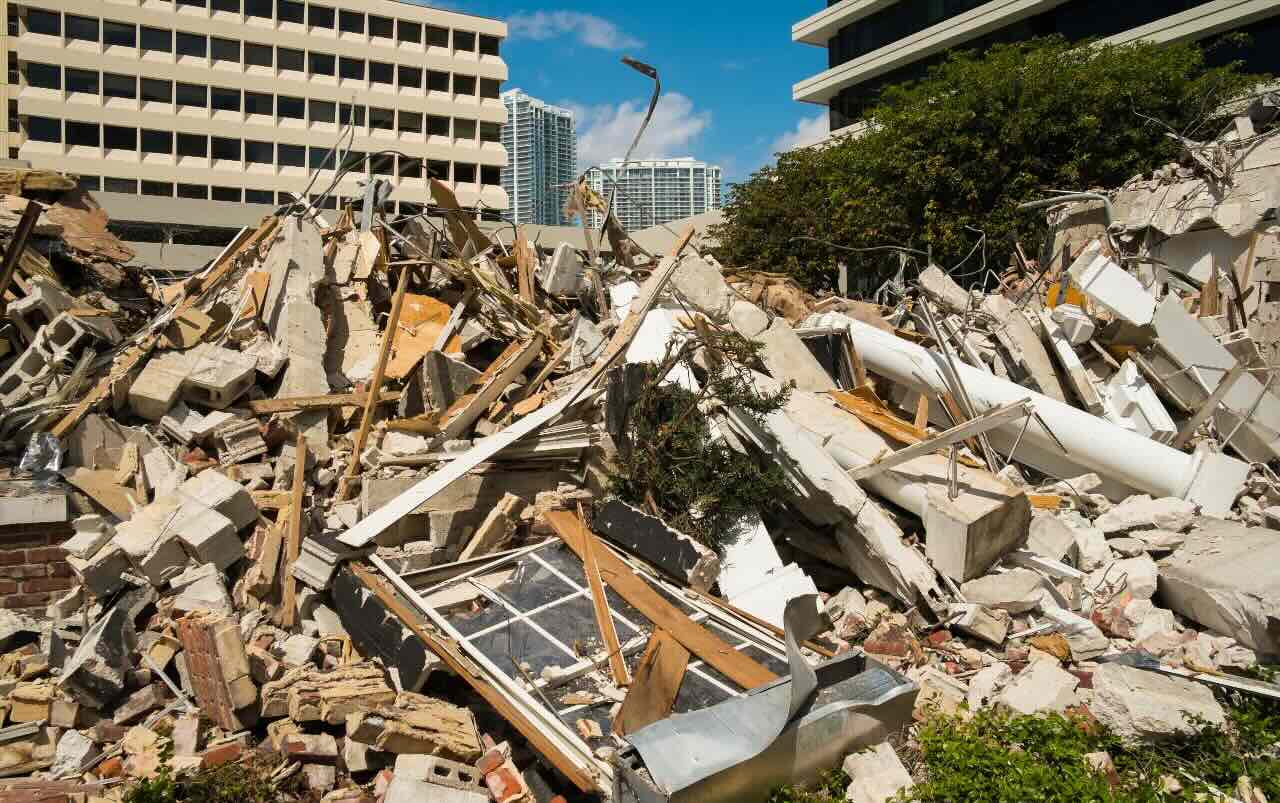
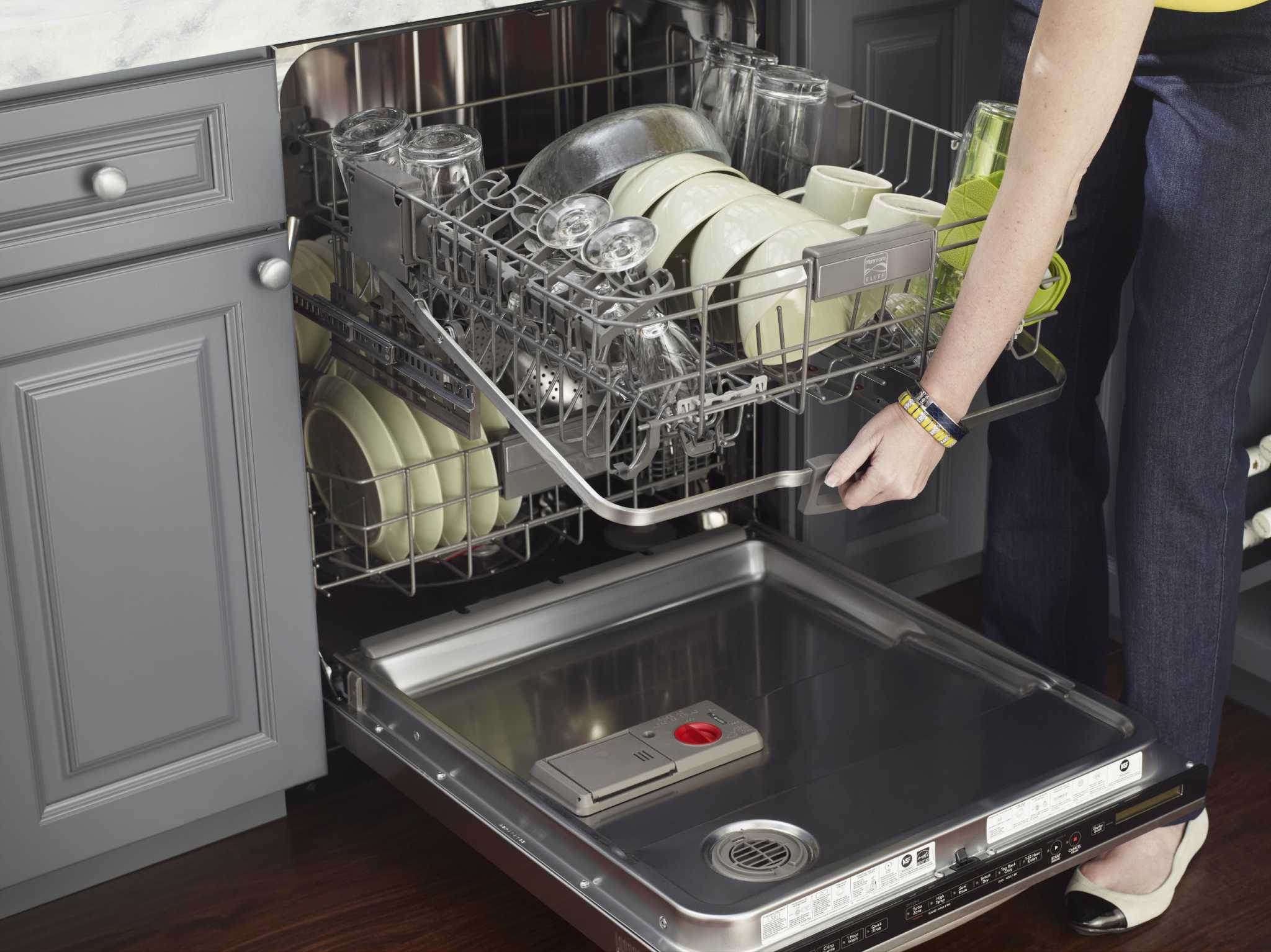
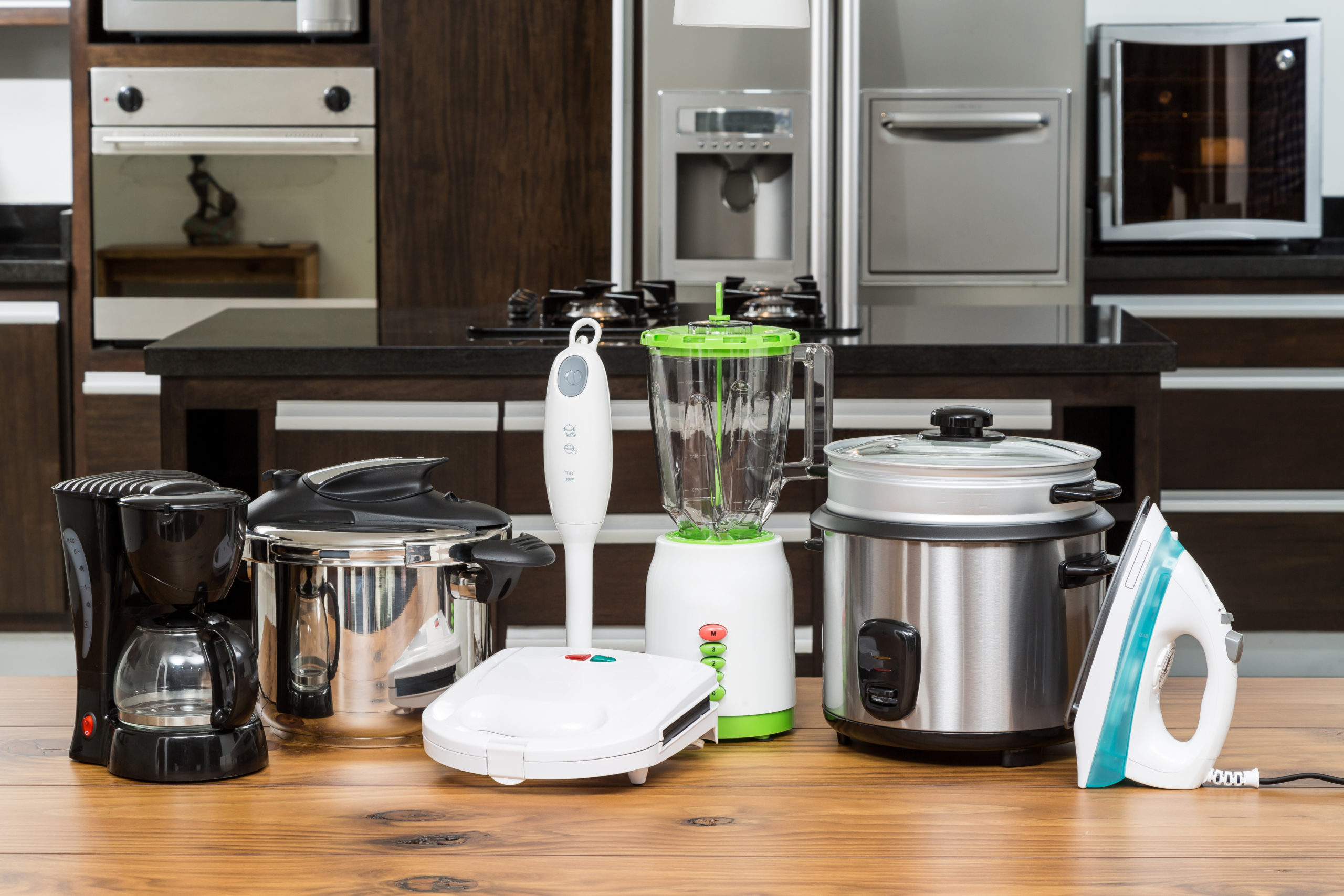
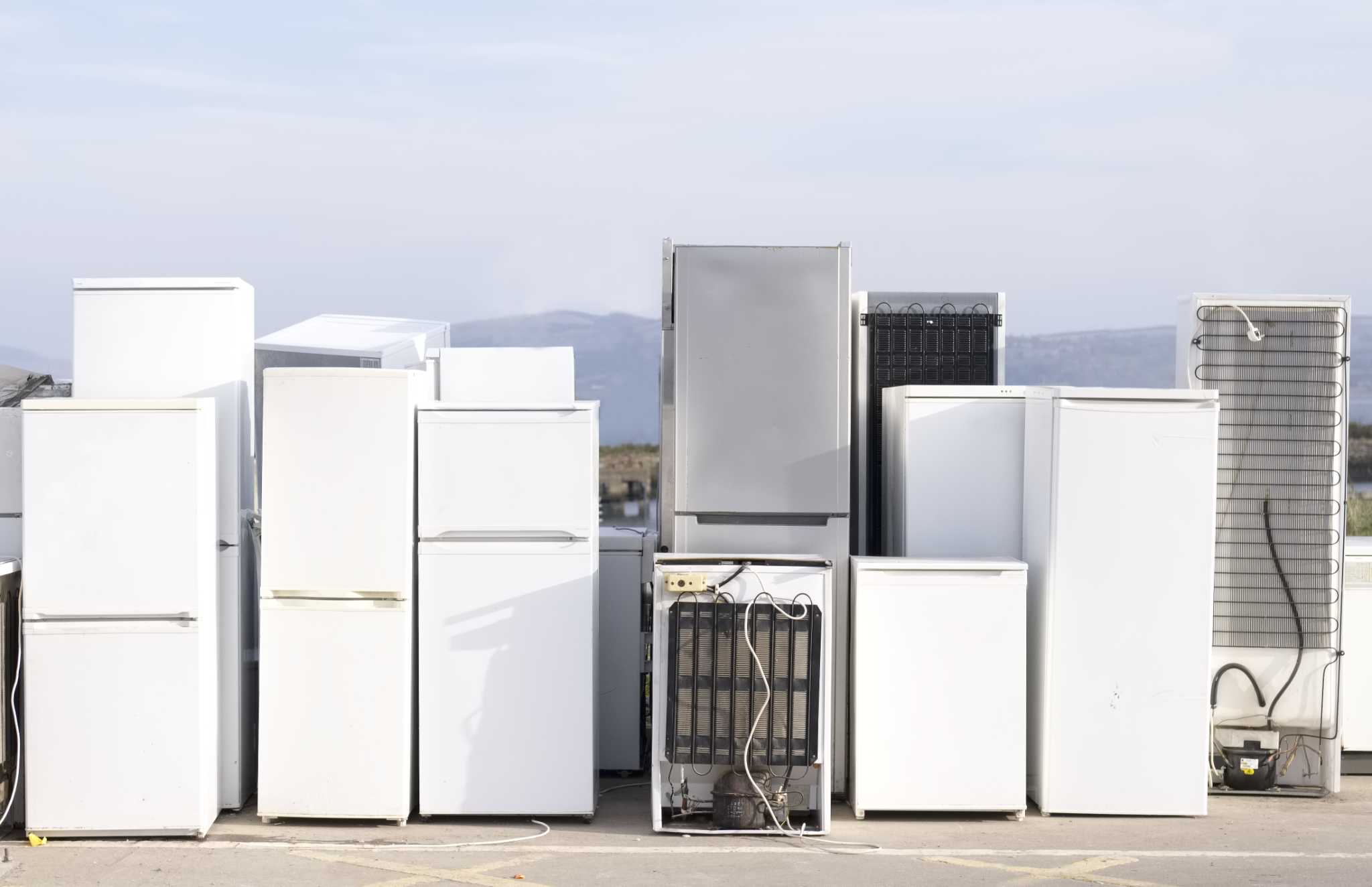

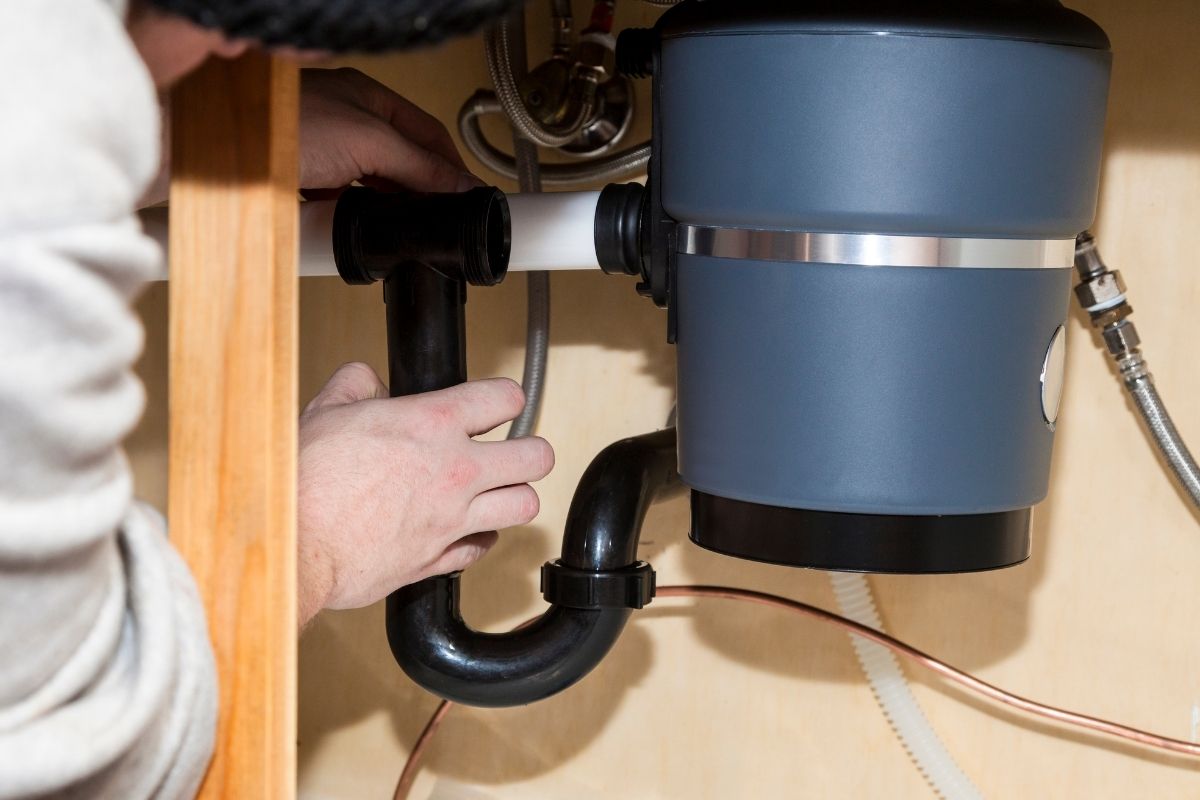
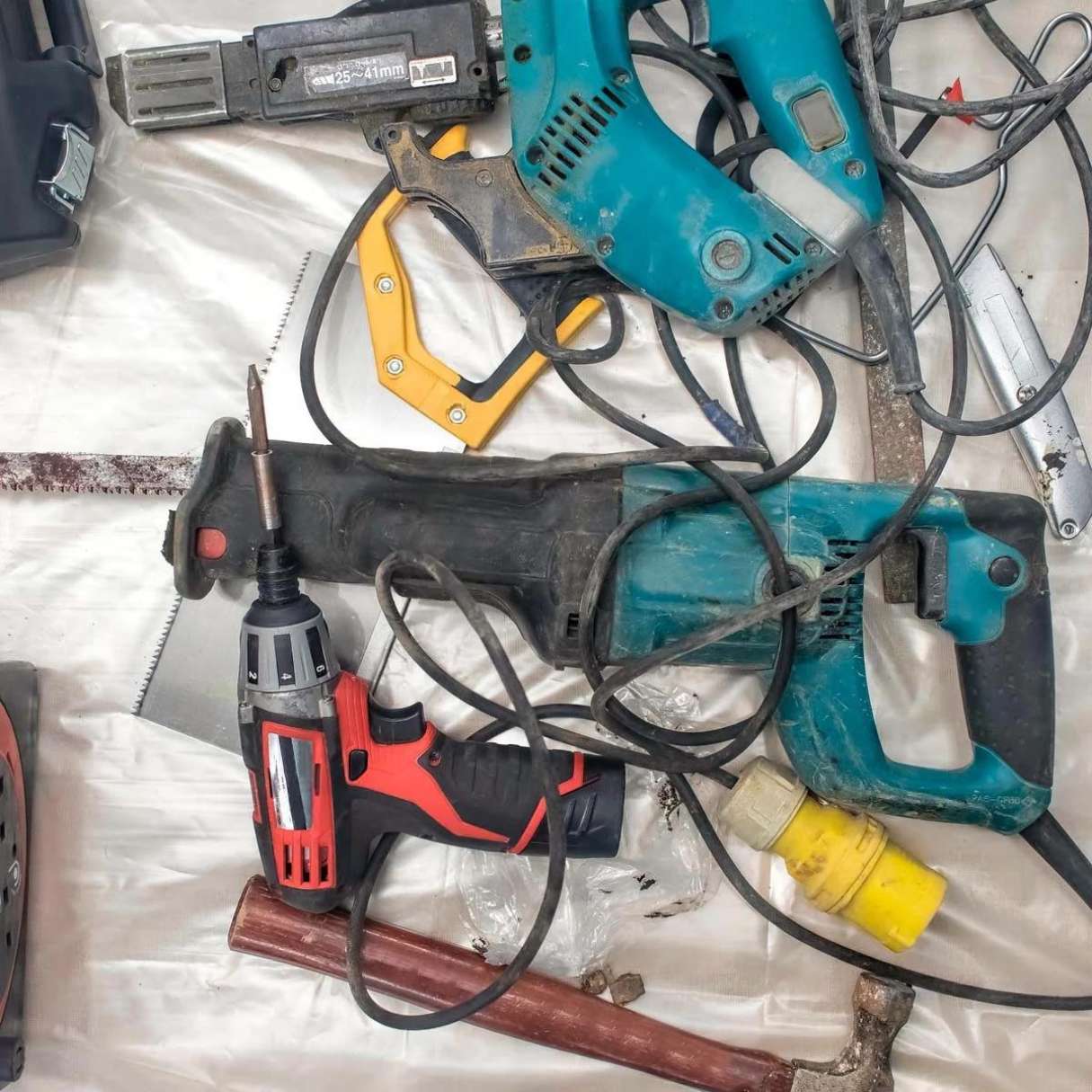
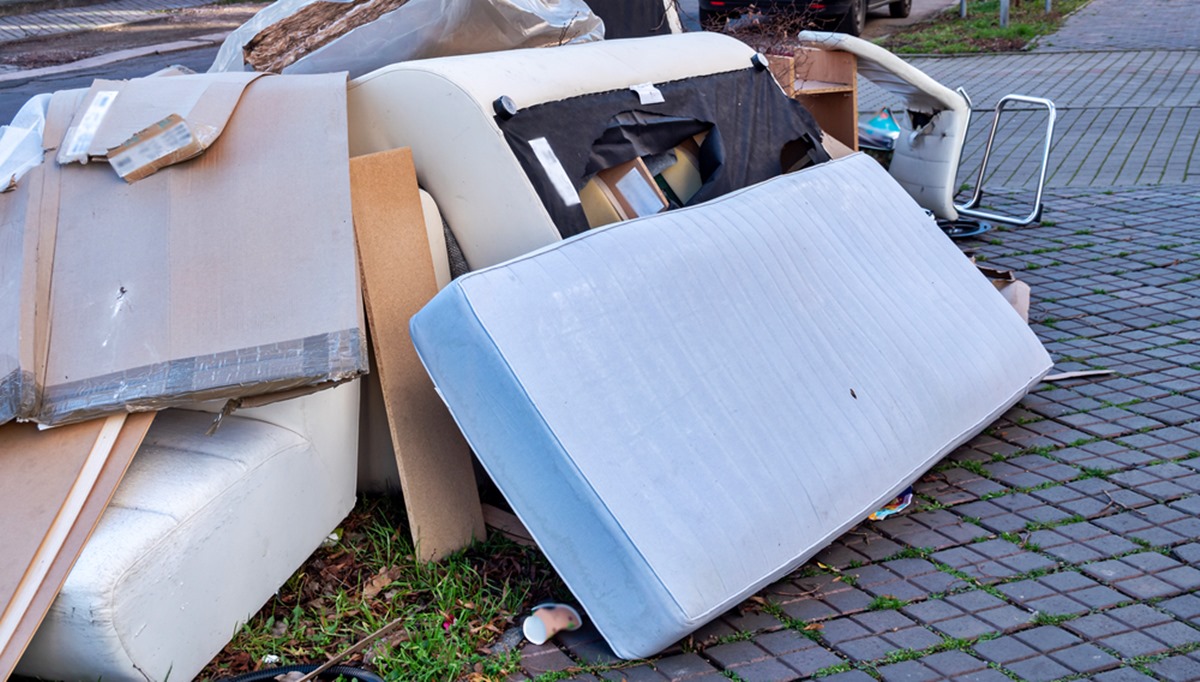
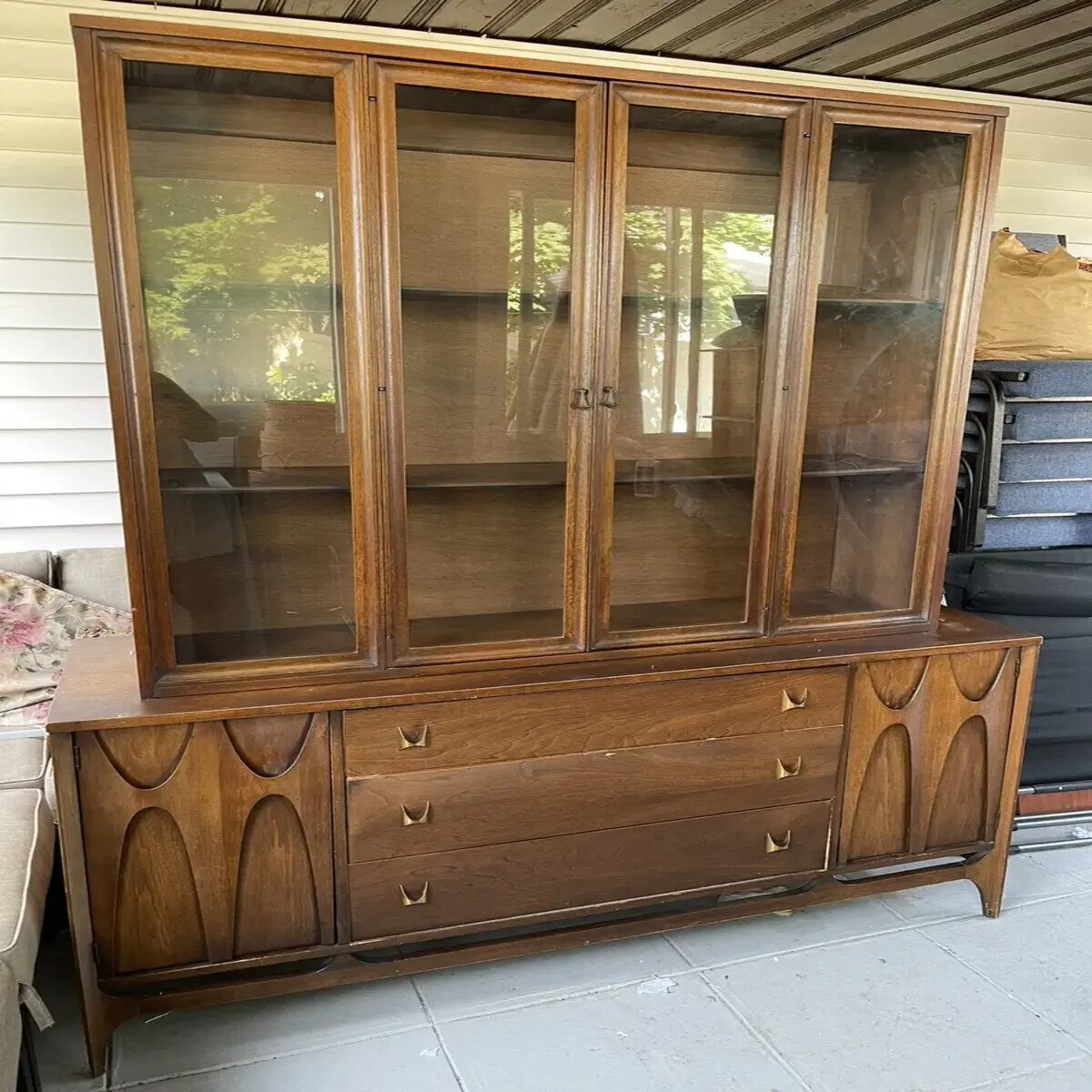
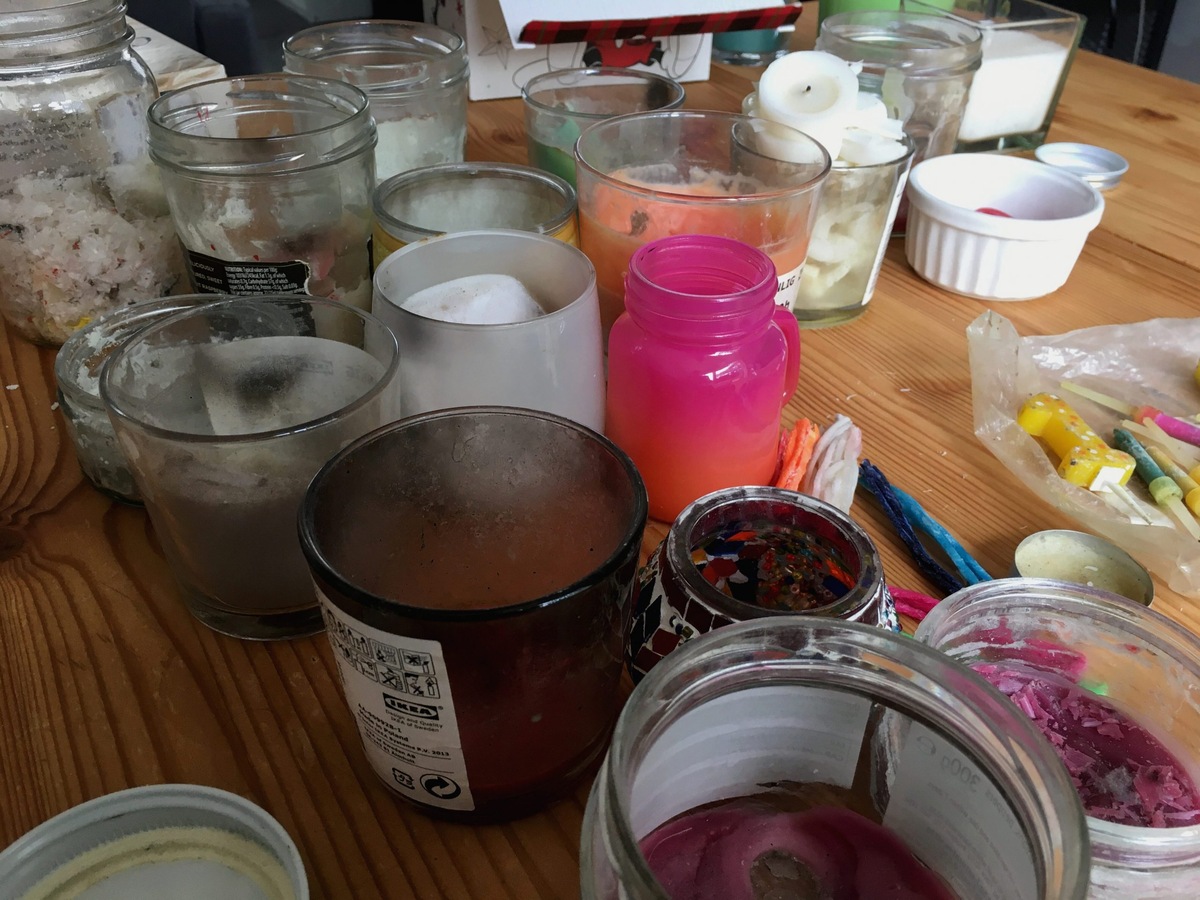

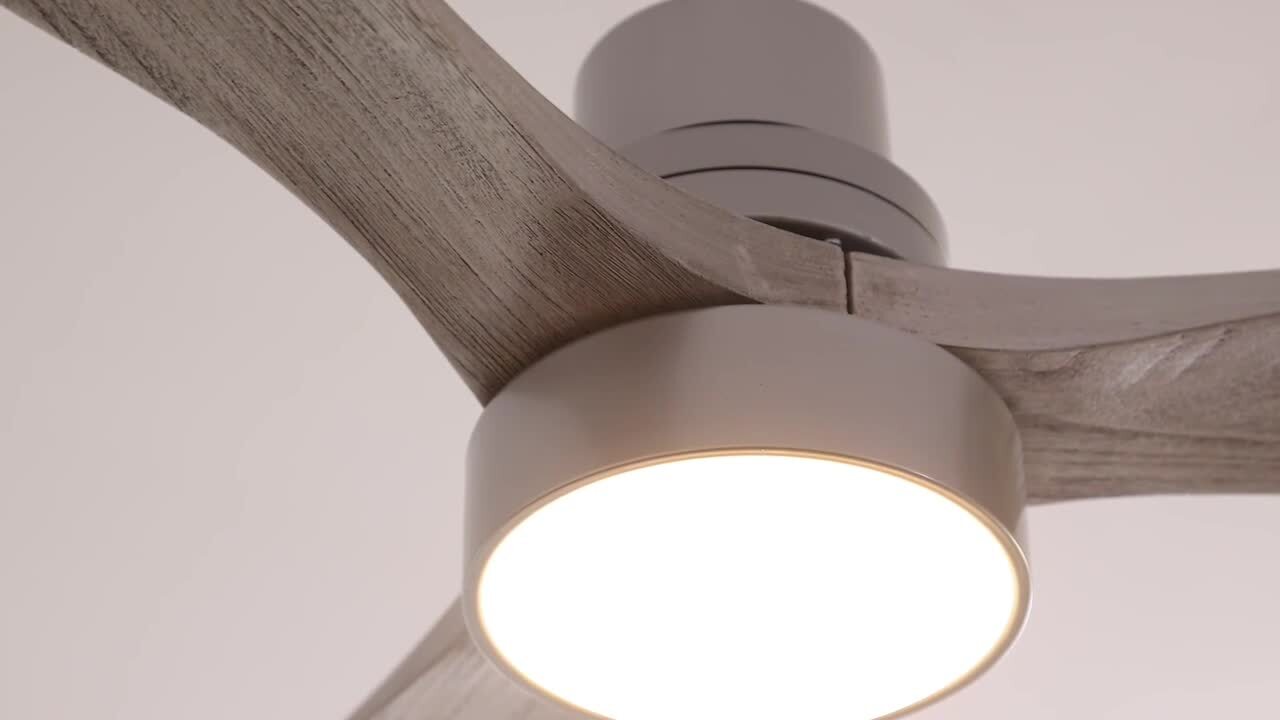
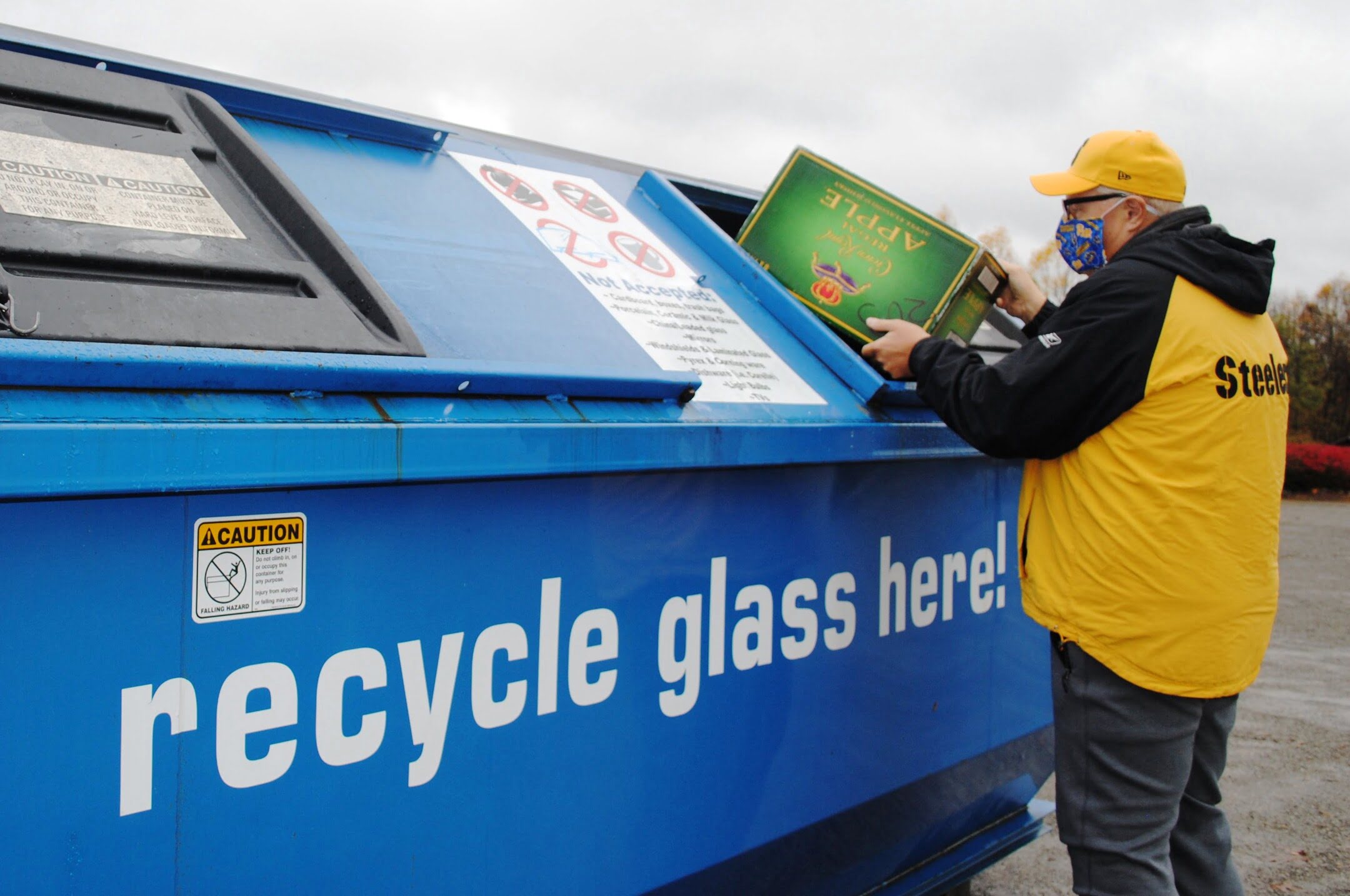


0 thoughts on “How To Dispose Of Renovation Waste”